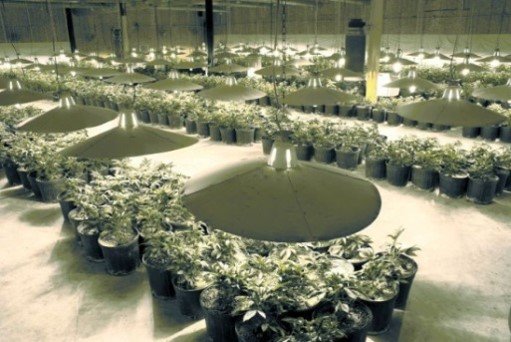Energy Efficiency Potential for Northwest Cannabis Growers
Cannabis production is using less electricity, and savings could be even bigger
- June 05, 2018
- Carol Winkel

Since legalizing recreational cannabis, Washington in 2012 and Oregon in 2014, cannabis production has become a booming business. In its 2016 regional power plan, the Council estimated that the electricity demand from medical and recreational cannabis producers was highly energy intensive, mainly because they used high-wattage indoor lights to promote growth.
In an update to that analysis, the Council and its partners found that over 29 million square feet of canopy was licensed to produce cannabis in Oregon and Washington for recreational and medical markets. The Council estimates the total electricity consumption to be 112 average megawatts, significantly lower than earlier estimates because production has been moving outdoors. If all of the licensed canopies had been cultivated indoors, demand would have been closer to 350 average megawatts.
Based on the survey information, about 66 percent of a facility's electricity consumption went to lighting, so lighting choice really makes a difference in energy savings. Growers like to use high-intensity discharge lamps (HID) because the color spectrum they produce is comparable to sunlight. But they're not very efficient. In general, an LED or fluorescent lamp uses about half the power of an HID. Replacing the lighting design with high-efficient lamps would decrease power consumption by half.
Along with more efficient lighting, improved HVAC design could also achieve significant energy savings.
Other Key Findings:
- Heating, ventilation, and air conditioning efficiencies can lower energy use. The overall total HVAC energy efficiency potential is 826,814 kilowatt-hours for the facilities included in the survey. This represents an overall savings of 18.3 percent of total consumption.
- About one-third of the survey respondents would like to work with their utilities to increase the energy efficiency of their operations.
- Cannabis production has become less energy intensive with more outdoor cultivation; using better-designed facilities; and using more energy-efficient lighting and HVAC technologies.
Read more:
Survey: Washington Cannabis Growers Would Like Help with Energy Efficiency



